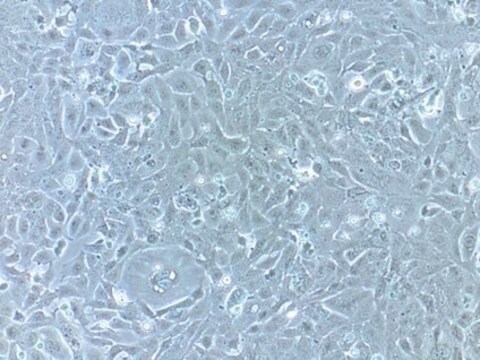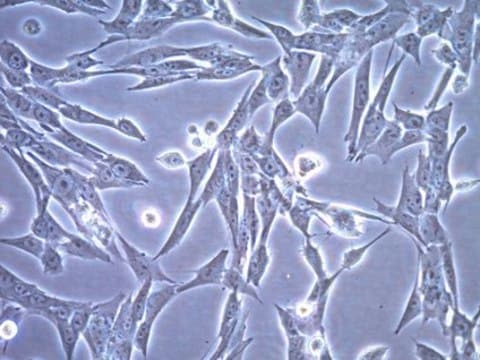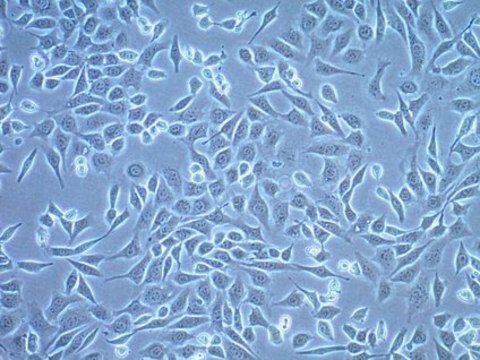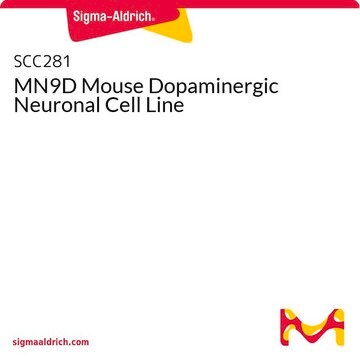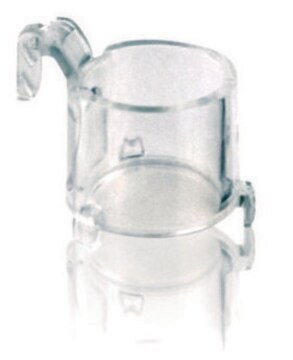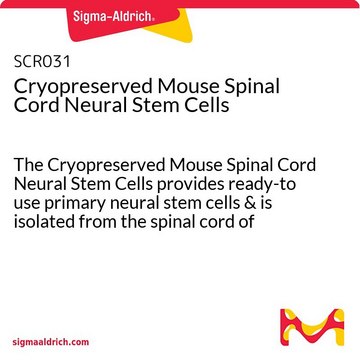SCC049
O9-1 Mouse Cranial Neural Crest Cell Line
Mouse
Sinónimos:
Multipotent mesenchymal cells
About This Item
Productos recomendados
Nombre del producto
O9-1 Mouse Cranial Neural Crest Cell Line, stably expresses stem cell markers and neural crest markers
origen biológico
mouse
Nivel de calidad
técnicas
cell culture | stem cell: suitable
Condiciones de envío
liquid nitrogen
Descripción general
Whole-genome expression profiling of O9-1 cells revealed that this line stably expresses stem cell markers (CD44, Sca-1, and Bmi1) and neural crest markers (AP-2a, Twist1, Sox9, Myc, Ets1, Dlx1, Dlx2, Crabp1, Epha2, and Itgb1). O9-1 cells are capable of contributing to cranial mesenchymal (osteoblast and smooth muscle) neural crest fates when injected into E13.5 mouse cranial tissue explants and chicken embryos. These results suggest that O9-1 cells represent multipotent mesenchymal cranial neural crest cells. The O9-1 cell line should serve as a useful tool for investigating the molecular properties of differentiating cranial neural crest cells. The O9-1 cell line can be propagated and passaged for at least 10 passages, and can differentiate into osteoblasts, chondrocytes, smooth muscle cells, and glial cells (Ishii, 2012).
Ishii, M., et al. (2012) A stable cranial neural crest cell line from mouse. Stem Cells Dev. 21(17): 3069-3080.
Descripción línea celular
Aplicación
Neuroscience
Stem Cell Research
Componentes
Calidad
• Cells tested negative for infectious disease by a murine PCR panel (Mouse Essential CLEAR Panel by Charles River Animal Diagnostic Services)
• Cells tested negative for mycoplasma contamination
Forma física
Almacenamiento y estabilidad
Código de clase de almacenamiento
10 - Combustible liquids
Clase de riesgo para el agua (WGK)
WGK 1
Punto de inflamabilidad (°F)
Not applicable
Punto de inflamabilidad (°C)
Not applicable
Certificados de análisis (COA)
Busque Certificados de análisis (COA) introduciendo el número de lote del producto. Los números de lote se encuentran en la etiqueta del producto después de las palabras «Lot» o «Batch»
¿Ya tiene este producto?
Encuentre la documentación para los productos que ha comprado recientemente en la Biblioteca de documentos.
Protocolos
Step-by-step culture protocols for neural stem cell culture including NSC isolation, expansion, differentiation and characterization.
Nuestro equipo de científicos tiene experiencia en todas las áreas de investigación: Ciencias de la vida, Ciencia de los materiales, Síntesis química, Cromatografía, Analítica y muchas otras.
Póngase en contacto con el Servicio técnico